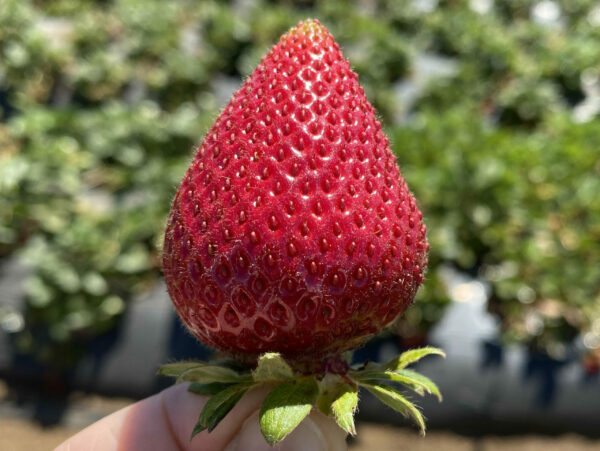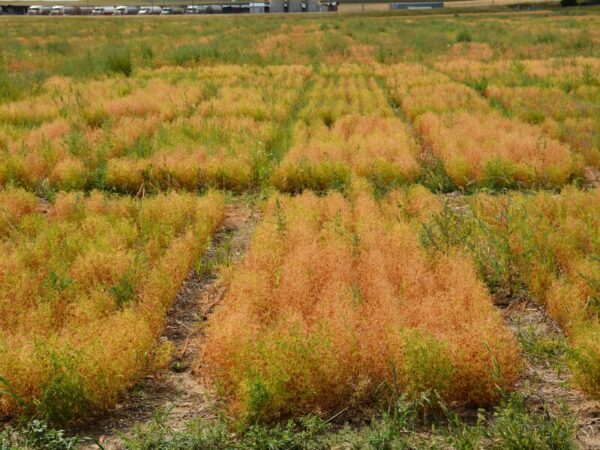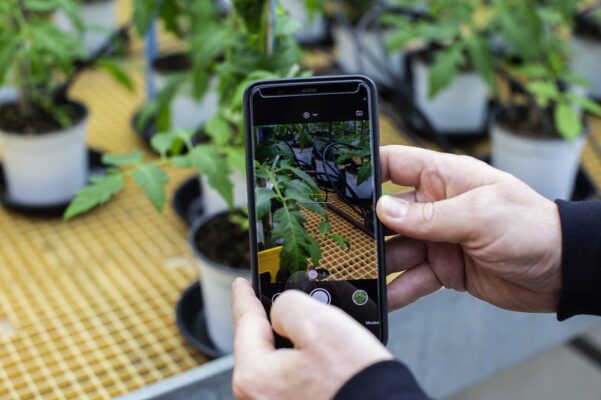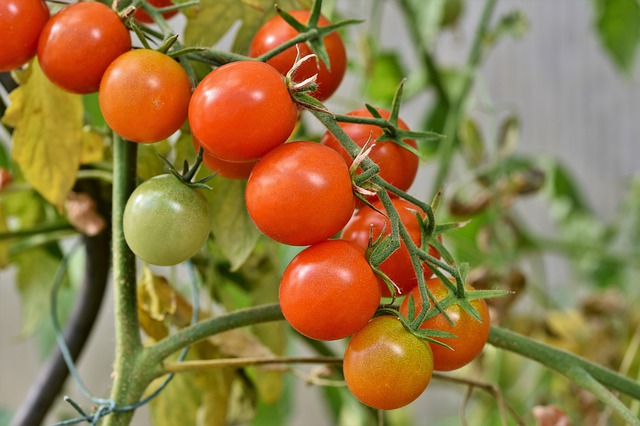
Increased demand for water will be the No. 1 threat to food security in the next 20 years, followed closely by heat waves, droughts, income inequality and political instability, according to a new study which calls for increased collaboration to build a more resilient global food supply.













